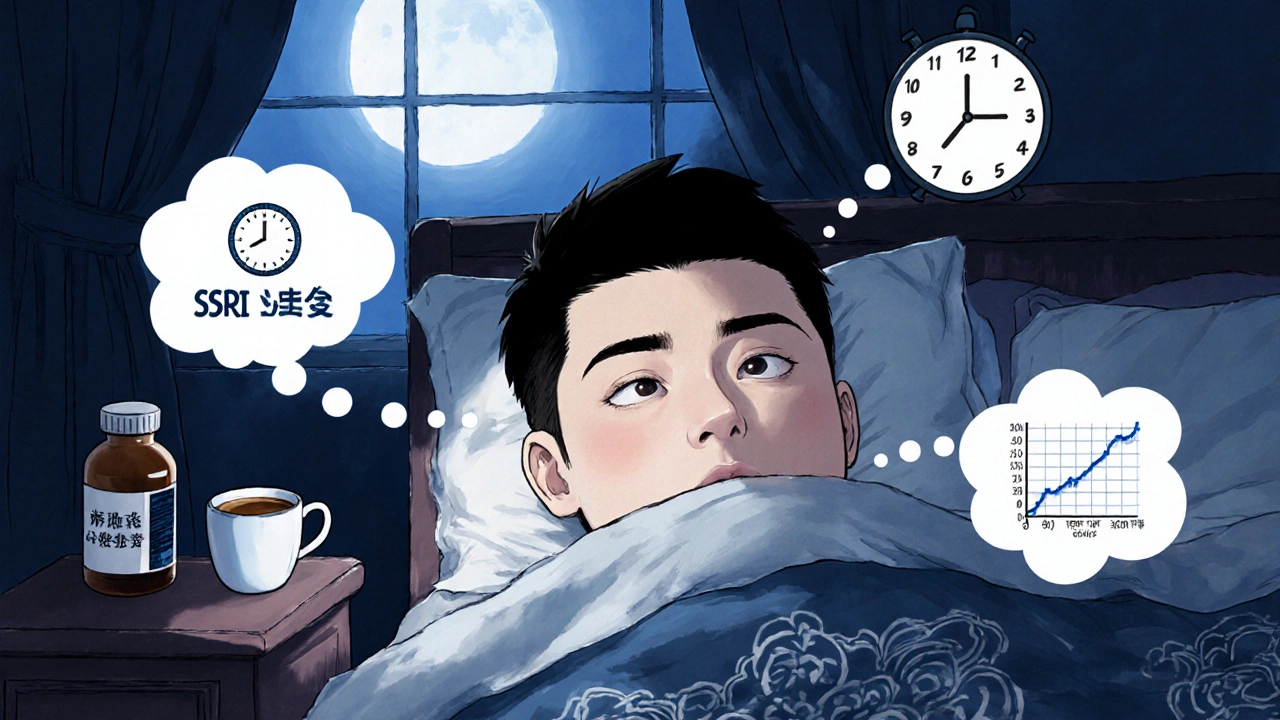Trazodone for Insomnia: What Works, What Doesn't, and What to Know
When trazodone, a serotonin antagonist and reuptake inhibitor originally developed as an antidepressant. Also known as Desyrel, it is now one of the most commonly prescribed off-label treatments for insomnia. Many people turn to trazodone because they’ve tried sleep hygiene, melatonin, or even benzodiazepines—and nothing stuck. Unlike sleep meds that target GABA receptors, trazodone works by lowering serotonin activity in certain brain areas, which can calm racing thoughts and help you fall asleep faster. It’s not a hypnotic, but it acts like one for many users.
What makes trazodone different from other sleep aids? For one, it’s not addictive in the way zolpidem or alprazolam are. That’s why doctors often recommend it for long-term use, especially when insomnia is tied to depression, a mental health condition that frequently disrupts sleep patterns. If you’re struggling with both low mood and trouble sleeping, trazodone can hit two targets at once. But it’s not magic—it takes a few days to build up in your system, and side effects like dizziness, dry mouth, or next-day grogginess can be a dealbreaker for some. It’s also not for everyone: people with heart conditions or those taking certain other meds need to be careful. The dose matters too. For sleep, doctors usually start at 25–50 mg, far lower than the 150 mg+ used for depression.
Some users swear by it. Others say it made them feel like a zombie. Why the difference? Genetics, metabolism, and whether the insomnia is rooted in anxiety, pain, or circadian rhythm issues all play a role. If your sleep problems come from circadian rhythm disorders, like delayed sleep phase or jet lag, where your internal clock is out of sync. trazodone won’t fix the root cause—it might help you fall asleep, but you’ll still wake up at the wrong time. That’s why it works best when paired with good sleep habits: consistent bedtime, no screens before bed, and avoiding caffeine after noon.
You’ll find plenty of posts below comparing trazodone to other options—like melatonin, doxepin, or even newer drugs like suvorexant. Some people switch from benzodiazepines to trazodone to avoid dependence. Others try it after generic sleep aids failed. You’ll also see how it stacks up against other antidepressants used for sleep, like mirtazapine or amitriptyline. What works for one person might not work for another. But if you’re looking for a non-addictive, low-cost option that’s been around for decades, trazodone is worth exploring—just not without talking to your doctor first.

Insomnia and Sleep Changes from Antidepressants: Practical Tips for Better Rest
Antidepressants can cause insomnia or improve sleep depending on the type. Learn which drugs disrupt sleep, which help, and how timing, dose, and individual factors affect your rest-backed by the latest clinical data.